Welcome to the great shoe debate! Ever stood awkwardly at a friend’s doorway, wondering if you should kick off your shoes or keep them on your feet? You’re not alone! Whether to don or ditch your shoes before entering a home is a common conundrum faced by many. Here, we’ll walk you through the ups and downs of this everyday decision with a twist—six compelling reasons to lose the shoes and five polite counterarguments for keeping them on.
Pro: Promotes Cleanliness and Hygiene
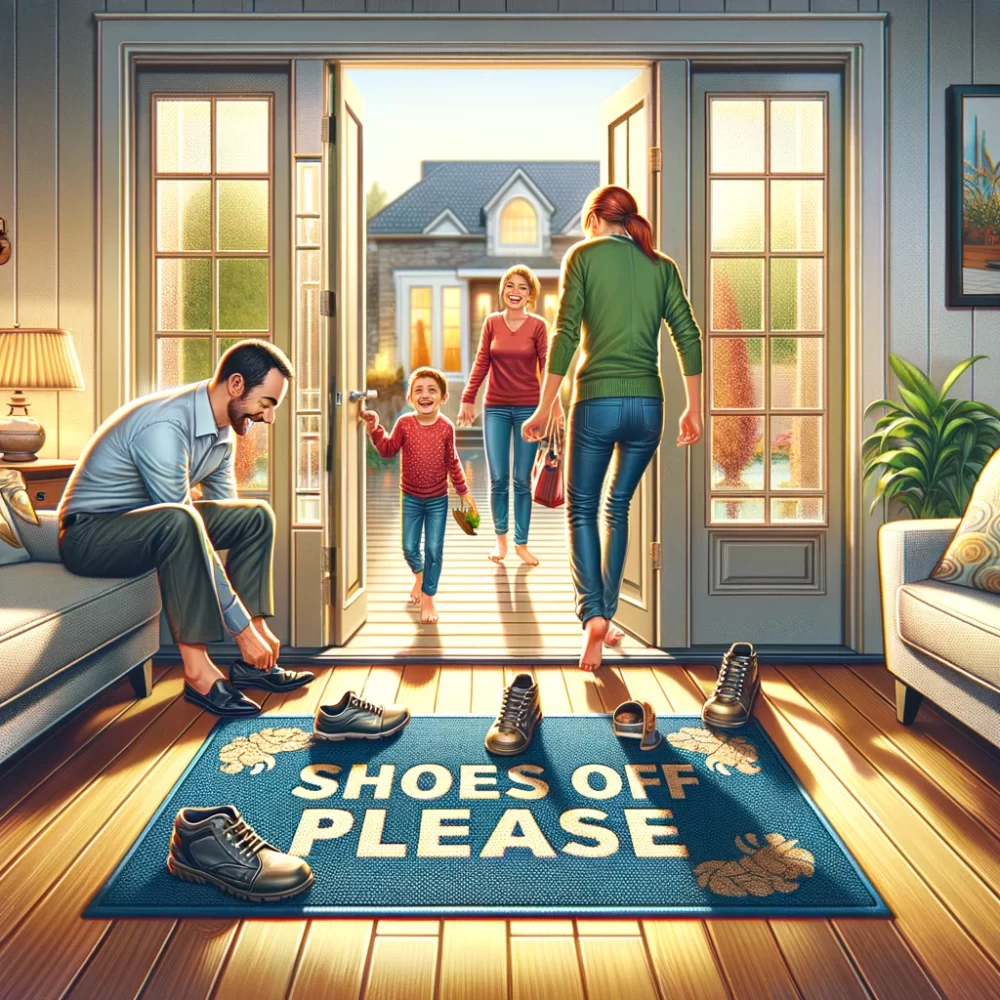
Implementing a no-shoe policy indoors is a straightforward way to keep your living space clean. Shoes track in dirt, debris, and various pollutants that can tarnish your floors and degrade indoor air quality. By asking guests to remove their footwear, you significantly reduce the amount of outdoor contaminants that enter your home, making it easier to maintain a clean and healthy environment.
Beyond just dirt, shoes often harbor bacteria and toxins that can be harmful, especially in homes with small children or individuals with compromised immune systems. Keeping these elements at the doorstep can contribute to a safer living space for everyone.
Pro: Preserves Flooring and Reduces Noise
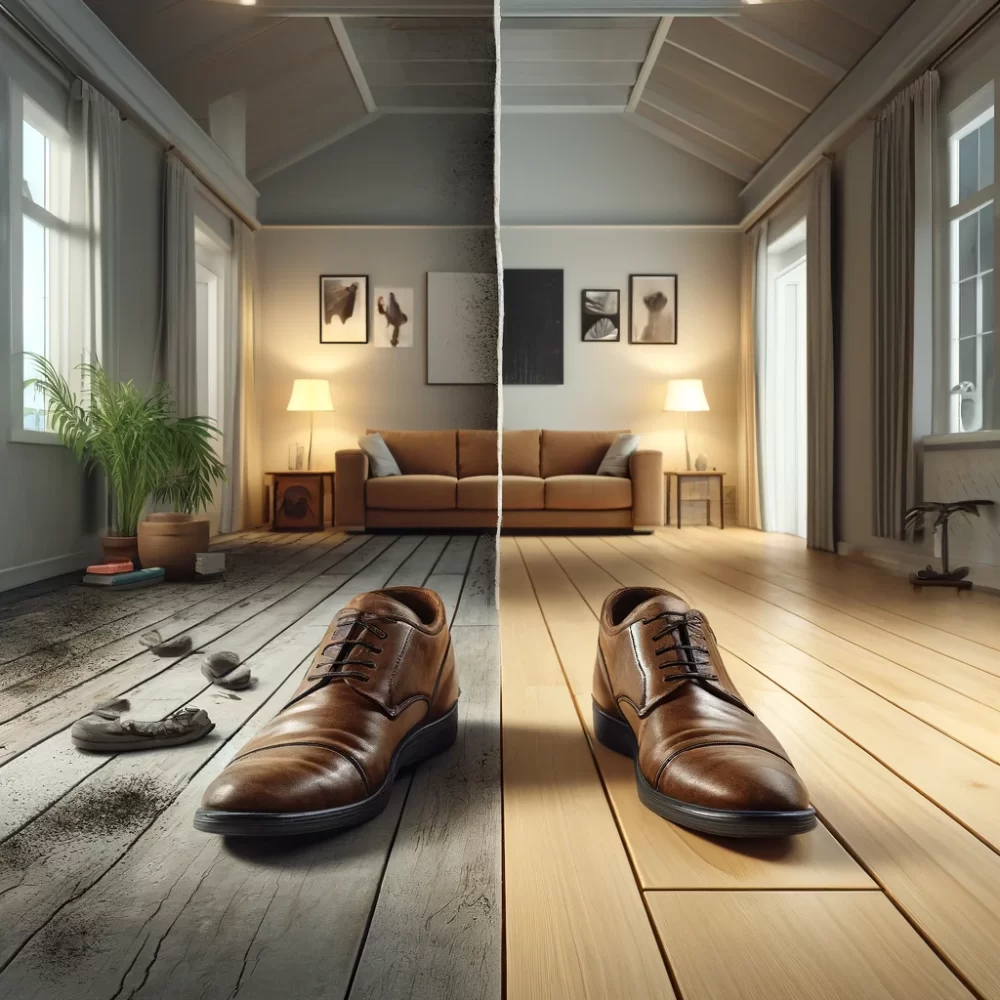
Hard-soled shoes can be tough on flooring surfaces. They cause scuffs, scratches, and general wear that can be costly to repair over time. A shoe-free policy helps extend the life of your flooring, preserving its aesthetic and functional qualities. Additionally, removing shoes can significantly reduce noise, creating a quieter and more peaceful home environment, especially beneficial in multi-story living situations.
Pro: Demonstrates Cultural Respect
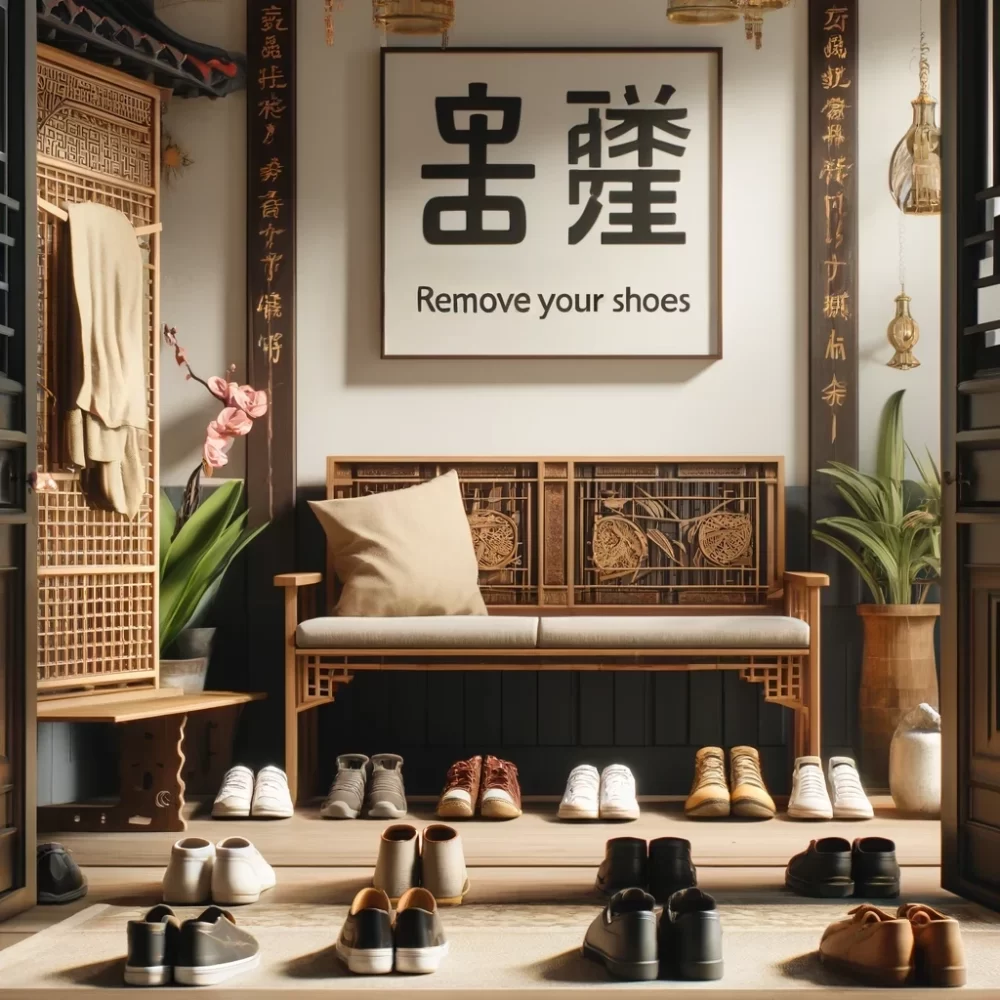
In many cultures, it is customary and respectful to remove shoes before entering a home. This practice, prevalent in Asian and Scandinavian countries, is rooted in deep cultural traditions that prioritize cleanliness and respect for one’s living space. By adopting this practice, you show a willingness to honor these cultural norms and provide an inclusive atmosphere for guests of diverse backgrounds.
Pro: Enhances Comfort and Relaxation
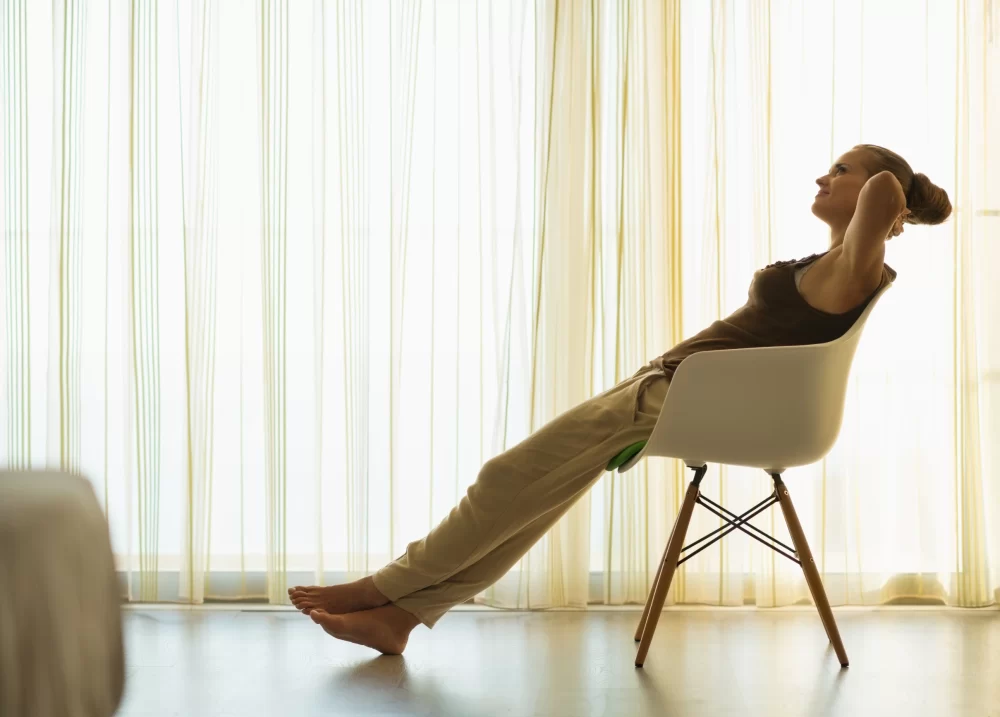
There’s a psychological comfort tied to removing shoes at home—it signifies transitioning from the external world to the personal, relaxed environment of one’s living space. For guests, being invited to remove their shoes can make them feel more at home, fostering a more intimate and cozy atmosphere.
Pro: Reduces Pest Entry

One significant advantage of enforcing a no-shoes policy is the reduction of pests entering your home. Footwear often carries tiny hitchhikers like seeds, soil, and insects that can lead to pest infestations. By removing shoes at the door, you minimize the risk of these unwanted guests setting up residence in your home, maintaining a cleaner and pest-free environment.
Pro: Encourages Mindfulness and Stress Reduction

Removing shoes at the entrance of your home can also promote a mindful transition from the outside world to your personal sanctuary. This act of leaving shoes at the door not only physically but symbolically separates the outdoor hassles from the indoor peace, encouraging a stress-reducing environment. This practice can help residents and guests alike to unwind and de-stress as they enter the home, fostering a calming atmosphere.
Con: Need for Adequate Storage Space
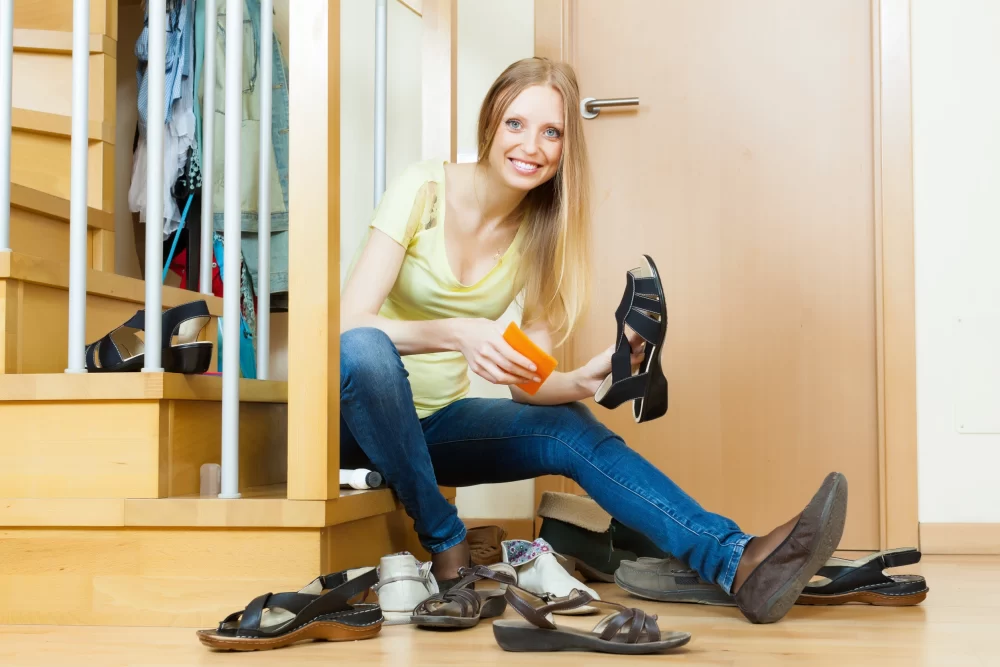
Implementing a shoe-free policy requires adequate storage solutions at the entrance of your home, which can be a challenge in smaller living spaces. Without proper storage like shelves or cabinets, the entryway can become cluttered with shoes, potentially causing disorganization and a visually unappealing first impression. This need for additional furniture or built-ins to neatly store shoes could also involve extra expense and planning.
Con: Can Be Inconvenient for Guests
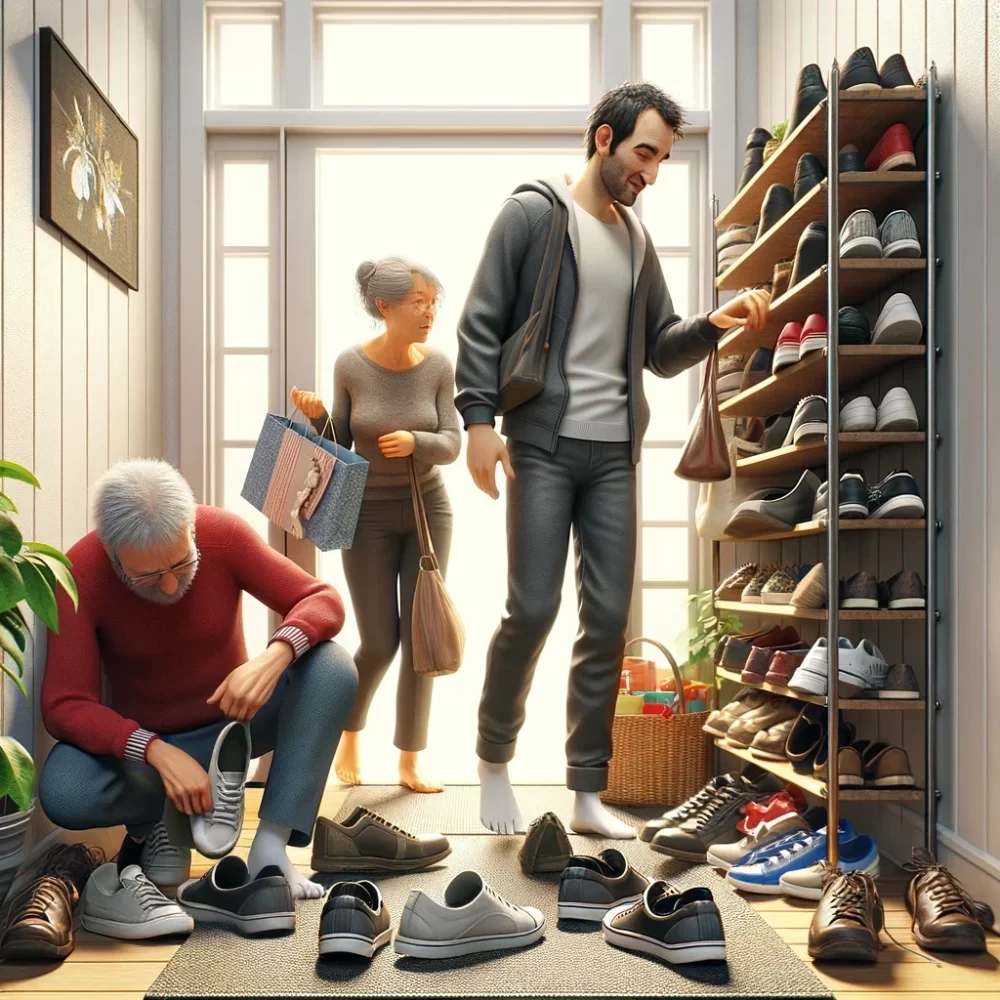
Requesting guests to remove their shoes might be viewed as inconvenient, particularly if they are carrying items, managing young children, or simply stopping by briefly. This can disrupt the flow of entering and exiting and may feel burdensome to those who prefer to keep their shoes on for personal or medical reasons.
Con: Potential Discomfort from Cold Floors
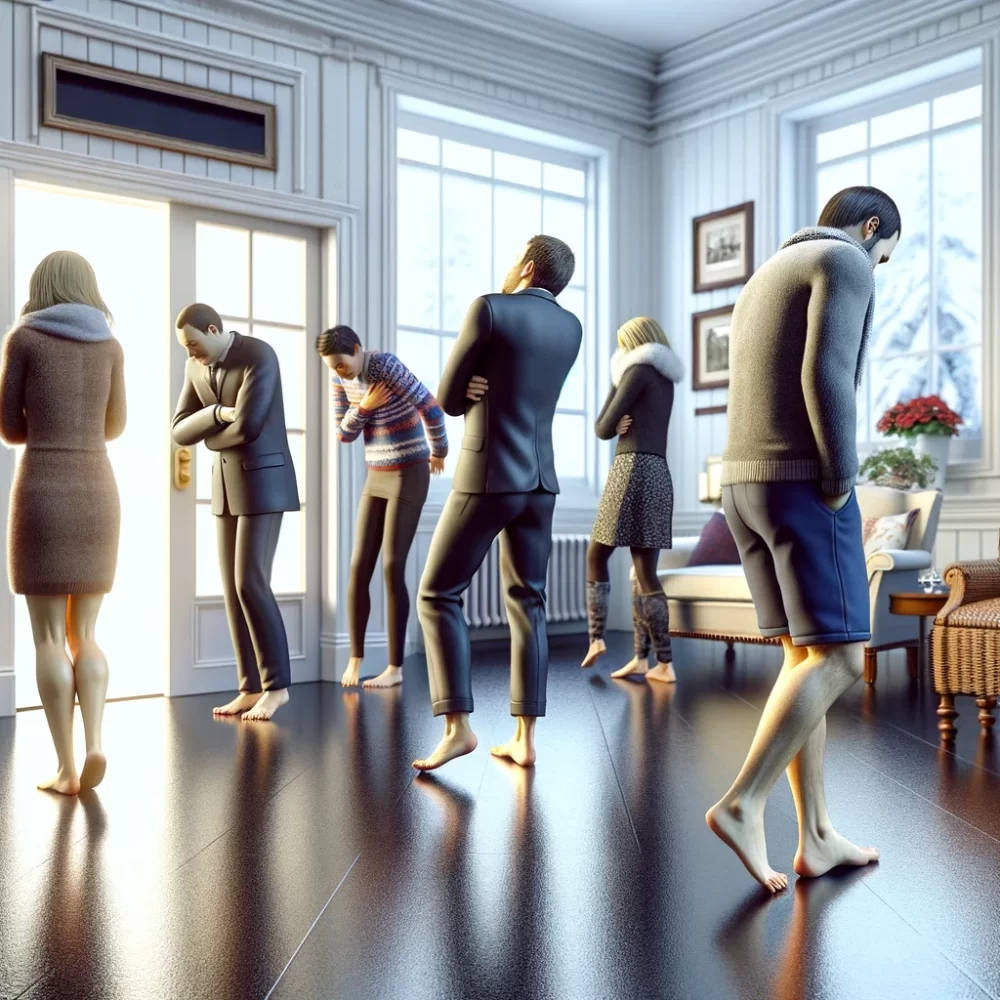
During colder months, walking barefoot can be uncomfortable due to icy floors, particularly in homes without adequate insulation or heating. This could make guests hesitant to comply with a shoe-free policy, detracting from the welcoming nature of your home.
Con: Health and Comfort Concerns
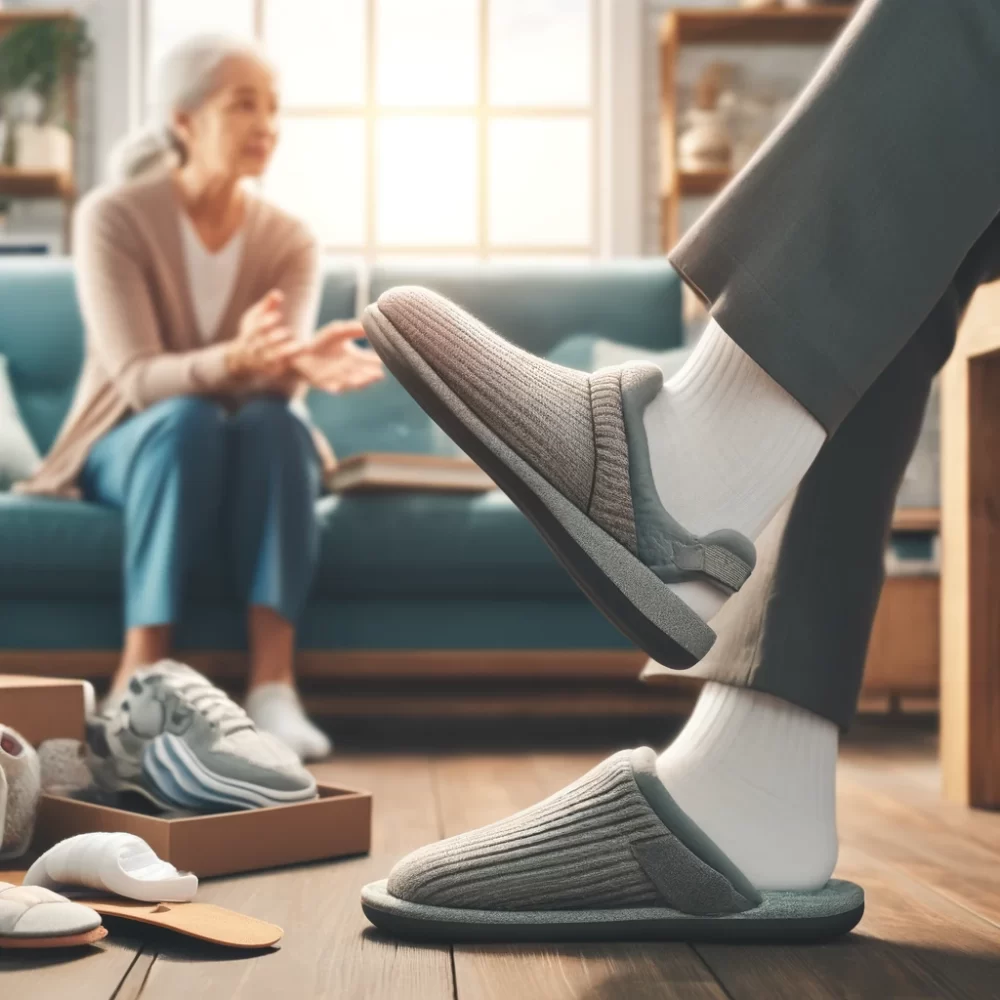
For some, going without shoes isn’t just uncomfortable—it’s unadvisable. Guests with certain health conditions like plantar fasciitis or who need orthopedic support will find it difficult to stay without their footwear. Providing alternatives such as indoor slippers can help, but it might not fully address their needs.
Con: Possible Disagreement With Guests

Some guests may prefer not to remove their shoes, either for personal comfort, cultural reasons, or due to the condition of their socks or feet. Insisting on a shoe-free policy could lead to discomfort or embarrassment, potentially making guests feel unwelcome or disrespected.
Balancing Preferences with Practicality
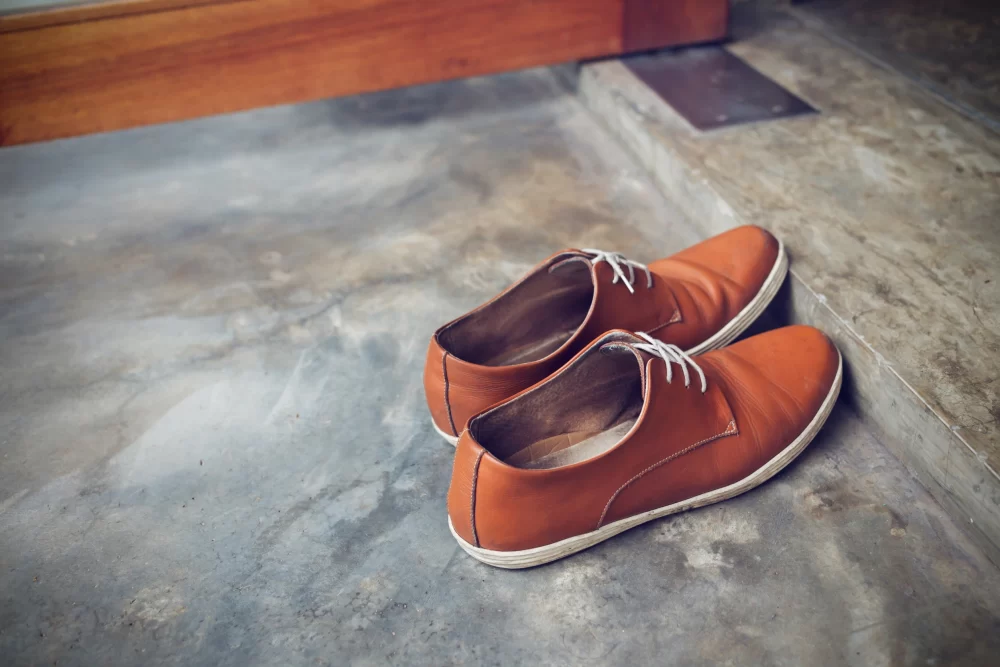
Deciding whether to implement a shoe-free policy in your home involves balancing the cleanliness and safety benefits with the potential inconveniences to your guests. It’s important to consider not just the practical aspects but also the comfort and preferences of those who enter your home. Whether you choose to enforce this rule or opt for a more flexible approach, the key is to create a welcoming environment that respects everyone’s needs.
Tell us where you stand on this debate, shoes on or shoes off? Let us know in the comments.
Read the full article here
















